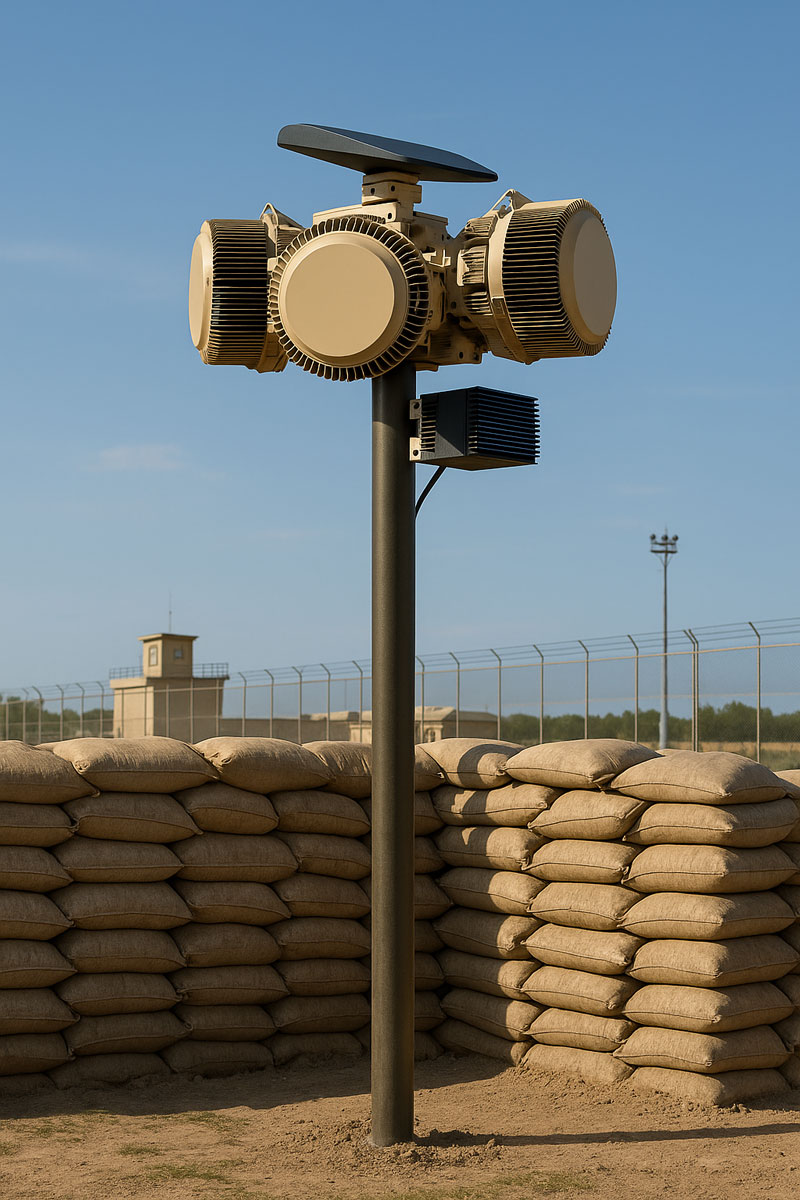Rotational Radars – 360° Wide-Area Surveillance and Multi-Target Tracking
Phantom Technologies’ rotational radar systems are engineered to provide continuous 360-degree surveillance, capable of detecting, tracking, and classifying multiple aerial or maritime targets in real time. Using a rotating antenna combined with advanced signal processing, these radars scan vast areas with high precision, making them ideal for airspace control, coastal monitoring, critical infrastructure protection, and early threat detection.
Key Capabilities
-
360° Rotating Antenna
Provides wide-area coverage by continuously sweeping the environment. Capable of detecting objects across all azimuths with rapid refresh rates. -
Simultaneous Multi-Target Tracking
Tracks multiple fast-moving targets (e.g. aircraft, UAVs, vessels) concurrently by emitting directional radio wave pulses and analyzing their reflected signals. -
Pulse-Doppler Functionality
Filters out static and weather-related clutter while accurately identifying and tracking high-speed moving objects such as missiles or fast drones. -
Weather Pattern Detection
Detects and maps weather events (e.g. storms, turbulence) to support aviation safety and improve situational awareness in dynamic environments. -
Modular Integration
Compatible with optical, thermal, acoustic, and RF systems to build layered surveillance networks or C4ISR platforms.






